Impact of the Glare effect on the airport functionality
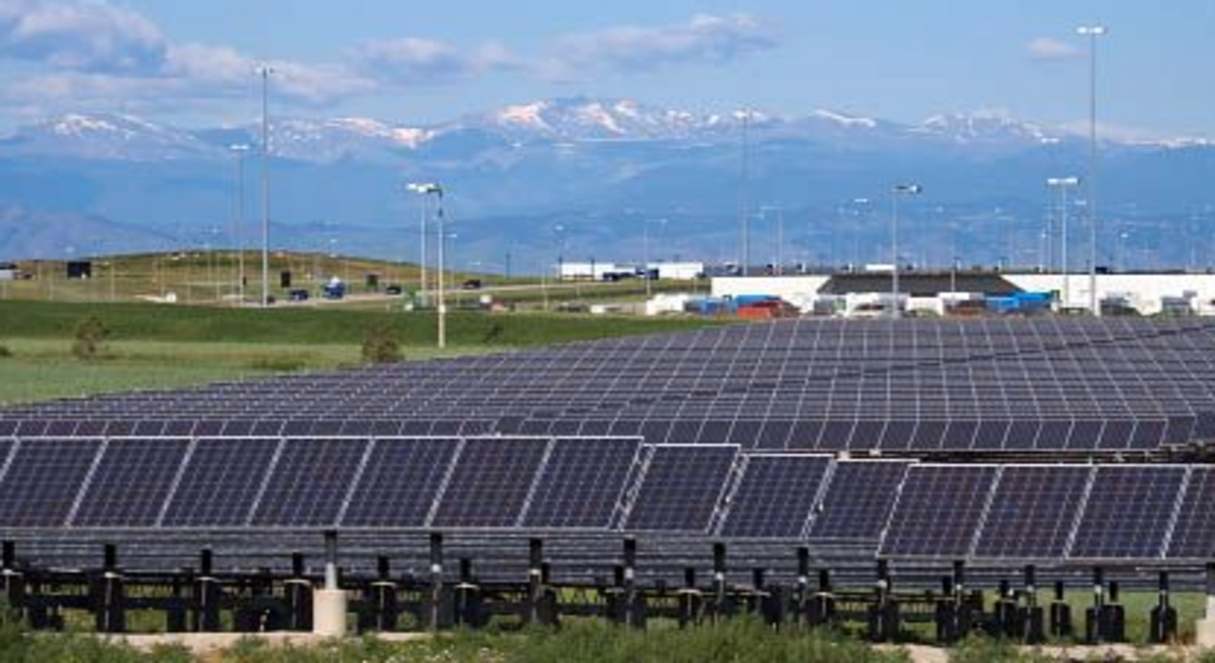
Introduction
In the recent past years, as we all know that Climate change and Greenhouse gas emission are the worst hazards faced by the people. To mitigate this problem, the solar energy has come out as the greenest source of energy generation and the further research and development has led this energy into the airport industry. Also, solar energy has a plenty of advantages on the airport, such as a vast clear space and possibility of high energy generation to meet the electricity demand.
Moreover, the large-scale panels are proposed to be installed along with flight paths – to avoid the shading problem. But this proposal is causing various problems to aviation industry such as glare, radar interference and physical penetration of air space. Due to these problems, the FAA (Federation of Aviation Administration) decided to reconsider the solar project on the airport while keeping in mind the self-sustainability and environmental policy.
In this article our main area of analysis will be the glare effect.
Glare effect
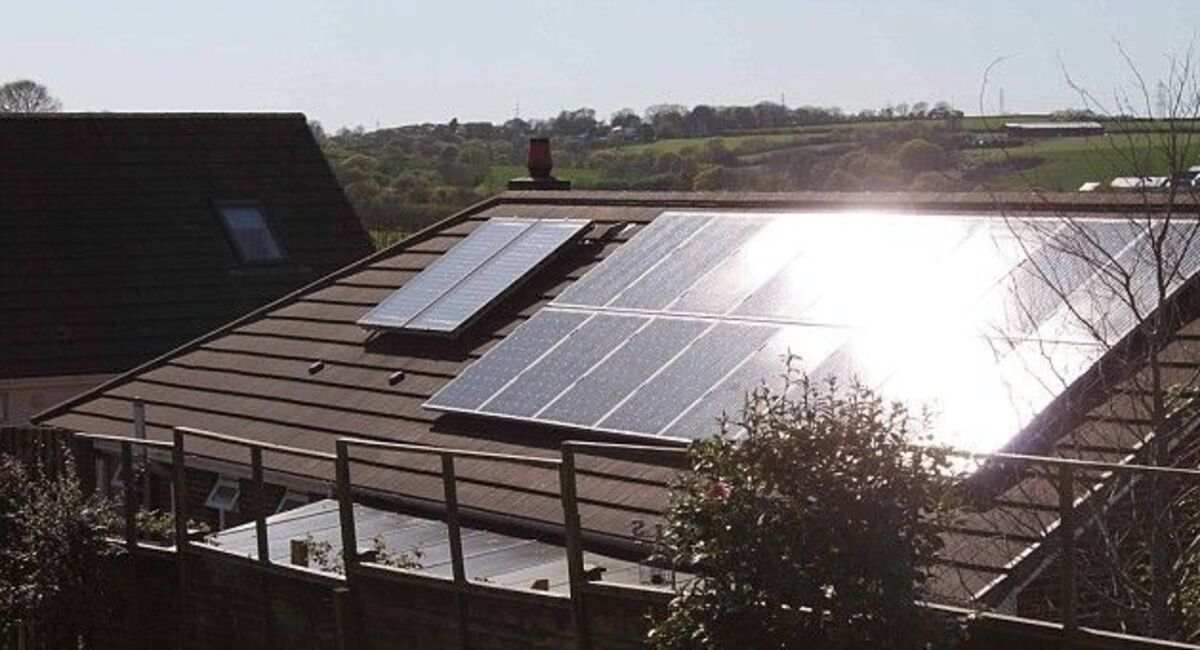
To begin with, in the normal case the rooftop PV panels reflects the solar arrays in the sky and the normal person could not observe due the height of that building. But in case of airport, the scenario is different as the same solar reflection could affect the vision of pilot and control tower, while landing on the runways and this can cause a major tragedy. There are a few examples of reflectivity issues identified by departments of airports and transport. The Manchester Boston Airport had to briefly cover up in 2012 and then rebuild its 530 KWP PV system to prevent hours of blinding glare at the control tower every morning. These changes affected the performance of the project, and that would cost millions of dollars. To prevent these circumstances, the Federal Aviation Administration (FAA) has presented the optic effect with certain conditions. The project developer is required to demonstrate that the system meets the following standards, in accordance with these guidelines
1. No potential for glint/glare in the existing or planned Airport Traffic Control Tower (ATCT) cab.
2. No potential for glare or Low potential reflection for after image along the flight path.
Heat loss due to glare effect
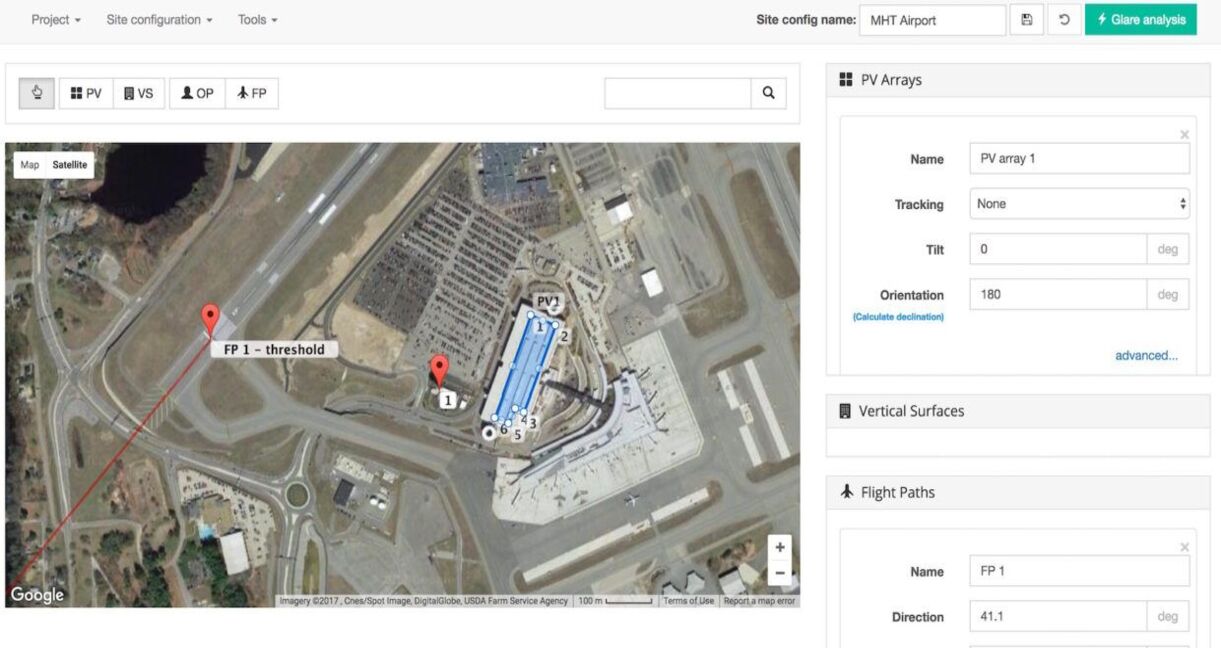
The glare prediction geometric approach is important in the safe deployment of solar photovoltaic systems in airport areas. Glare potential analysis is complex method and requires complicated algorithms. Forge Solar is an online tool which includes the geometric analysis of the reflectivity of a PV module. it is a commercial form of Solar Glare Hazard Analysis Tool (SGHAT), a web-based software developed by Sandia Laboratories. This program is modelled in such a way that it meets the FAA criteria for glare analysis. With respect to the inputs given, this tool can assess the strength and potential of solar reflection on selected sensitive receptors around the project region. There are two tools in this software kit namely GlareGauge and GlareReduce. GlareGauge conducts the annual glare hazard analysis of PV arrays on sensitive receptors and GlareReduce performs optimization analysis of a single PV array across a variety of module configurations (by varying tilt and angle of orientation). For glare prediction it uses the values of direct normal irradiance, reflectivity of the PV plate, its optical properties, ocular parameters, and orientation. User can locate the site using the software’s interactive Google Map. Latitude, longitude and elevation are automatically retrieved and used to measure the position of the sun and the calculation of the vectors. The user will draw an overview of the proposed solar energy system by specifying positions of the observer (ATC tower cab) and the final approach. The final approach path is described as two miles above the earth from 50 feet threshold with normal glide path of three degrees. Along with these results, orientation and tilt of solar PV panels are viewed as default values for their refractive indices, and ocular factors. If glare is detected, the tool estimates the location and length of solar glare from a user-specified observation point for the entire year and obtains an ocular impact map.
1] Remedies for glare effect: Apart from all the problems mentioned above, the Solar panels can still exist on the airport with the help of additional provision of special anti-reflection coating, tilting the panels in a specific way and texturing the PV surface.
2] Special Anti-reflection coating: Typically, a low iron is used in the high transmission glass to reduce the overall reflectivity of a panel. Further an AR coating is applied on it which brings down the reflectivity of a panel to as low as 10%.
3] Texturing the PV surface: In this method, the PV panel surface is roughed in way that it sharpens the ray of light, which results into the reduction of the reflectivity of solar rays. A textured layer on glass reduces the glare by producing a diffuse reflection.
4] Tilt and Orientation of the panel: It is a comparatively simple method used for reducing and diverting the reflection, but it also causes the deviation in the power output of a panel. Hence, to keep that in mind, tilting of panel requires additional solar calculations.
Benefits of Solar panels at the Airports
1] Delhi International Airport: India’s Airports Authority plans to build 50 megawatts of solar power plants at 30 airports. for example, the capital’s Indira Gandhi International Airport, New Delhi, have already installed solar powered systems for aeronautical ground lighting systems on the three runways, taxiways and parking stands at the airport.
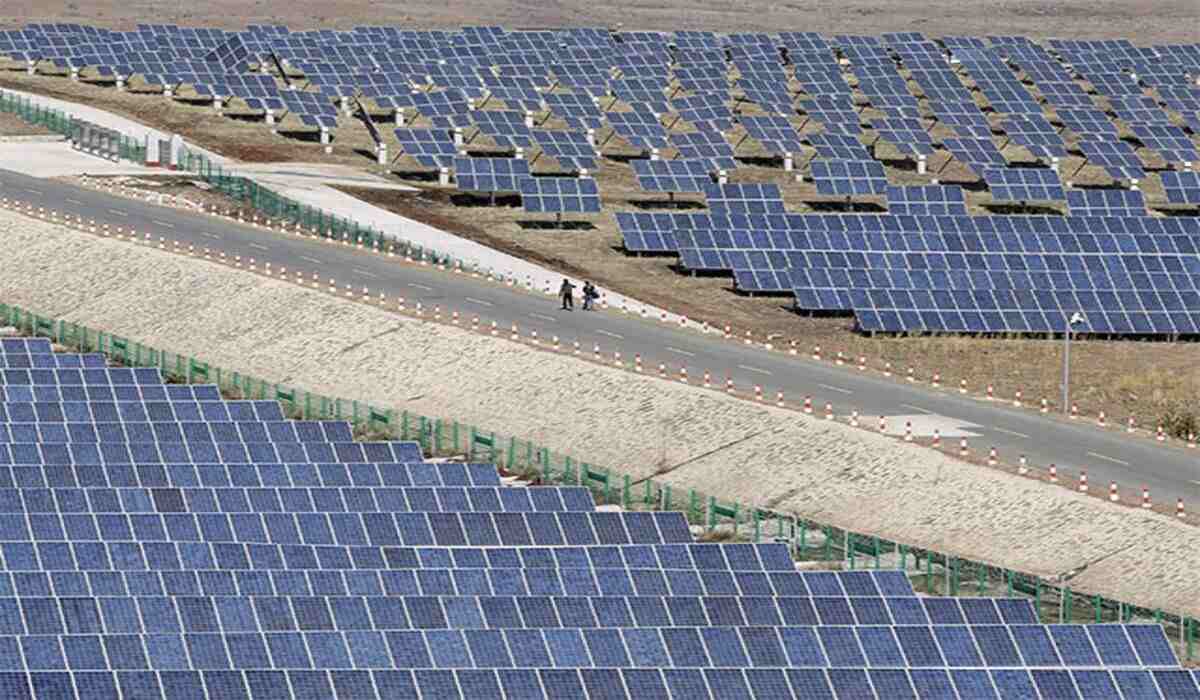
2] Athens International Airport: The photovoltaic park of Athens International airport generates more than 13 thousand MWh of emission-free electricity annually, equivalent to around 25 per cent of the airport’s own electricity needs. This led to an average annual CO2 emission reduction of 11,500 tons and helped spark a photovoltaic revolution as a landmark project in Greece in the recent years. The solar panels face south and are mounted on fixed structures that are designed to withstand heavy winds and hail and have a very low glare factor (a lot lower than other items found at airports, such as parked cars).
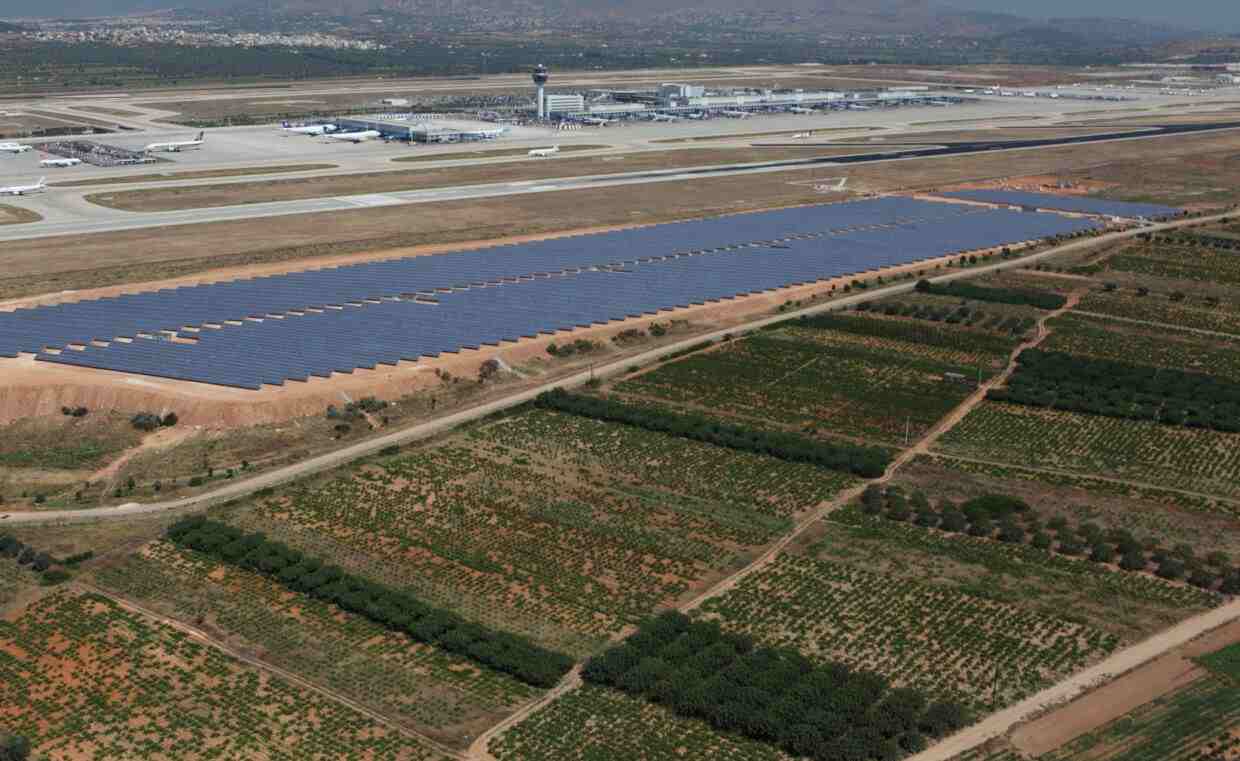
3] Brisbane Airport: Solar panels installed at Brisbane Airport generate an average renewable energy production of 125 MWh / year. They save 118 tons of CO2 directly per annum relative to grid power. Brisbane Airport also purchased electric Nissan Leaf vehicles for pool use by workers. The electrical charging points for the cars are situated at the buildings where the solar panels were built, so that they can be powered directly by renewable energy. The cars have travelled more than 10,000 kilometres in the first year of the project. The initiative promotes good challenge by encouraging car-pooling and concentrating on CO2 emissions, while at the same time resulting in a reduction in the footprint of employees at Brisbane Airport. They also save about three tonnes of CO2 per year from the substitution of petrol by solar energy.
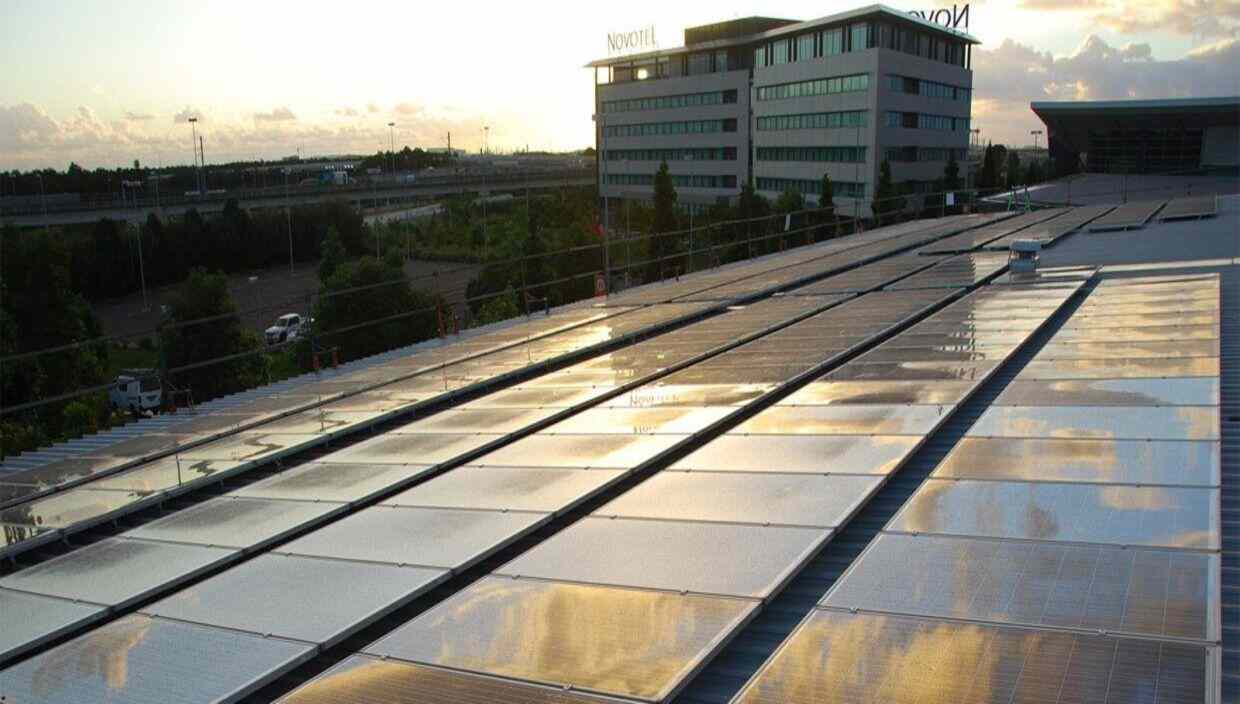
4] Indianapolis International Airport: Indianapolis International Airport generates 12.5-megawatt solar farm, containing 41,000 solar panels, covers more than 30 hectares of previously unused land and will be used to fuel the airport terminal. The array is estimated to reduce carbon emissions from the airport by 10,000 tons per year which is the equivalent of taking 2,000 cars off the road.

5] Denver Airport: The four solar arrays at Denver International Airport now can produce 10 megawatts of electricity, enough to power about 2,595 average Denver-area homes, and to cut Carbon emission by 11,465 tons annually.
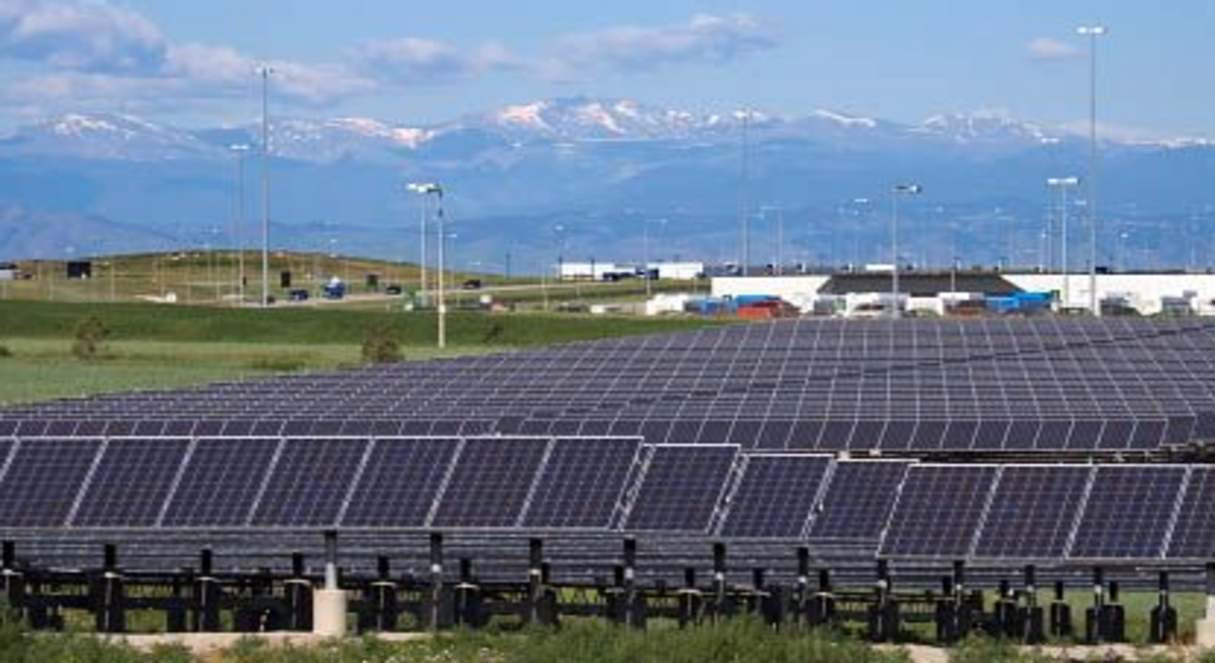
6] Palau International Airport: The solar installation at Palau International Airport is the largest in the island nation to complete. Solar panels are mounted in the airport car park over shade structures. The device is expected to produce 250MWh of annual power output, offsetting approximately 80 tons of CO2 per year.

Conclusion
In conclusion, firstly, airport-based solar PV systems are being popularised around the globe. The possible glare impact from the PV array, which can affect the visibility of pilots or airport staff or both, is the main roadblock in the implementation of such projects. Secondly, the FAA and CAA regulatory provisions are being analysed for guidance relating to solar photovoltaic systems. In addition, the main variables of glare impact were analysed. The variables included the position of the sun, the sunlight intensity reaching the solar array, and the reflectivity of PV.

